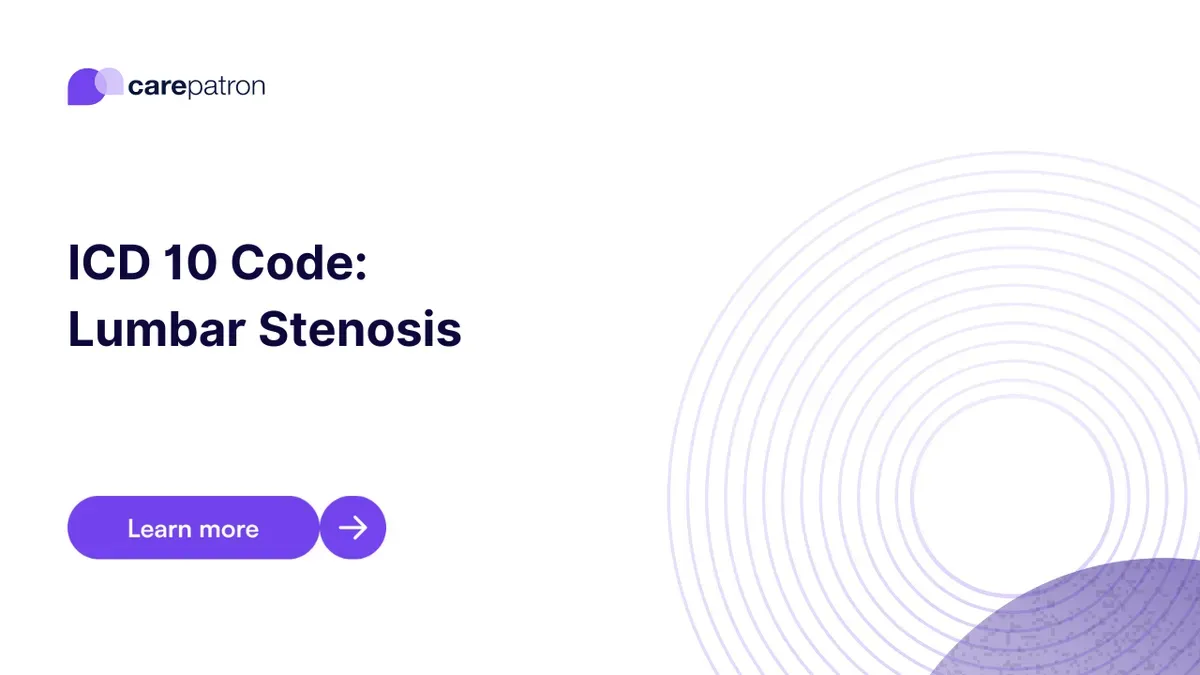What ICD-10 Codes Are Used for Lumbar Stenosis?
Lumbar stenosis is when the spinal canal in the lower back narrows, often leading to pain and discomfort. Here are the commonly used Lumbar Stenosis ICD codes:
- M48.06: Spinal stenosis, lumbar region
- M48.061: Spinal stenosis, lumbar region without neurogenic claudication
- M48.062: Spinal stenosis, lumbar region with neurogenic claudication
- M99.03: Segmental and somatic dysfunction of lumbar region
- G99.2: Neurogenic claudication in diseases classified elsewhere

